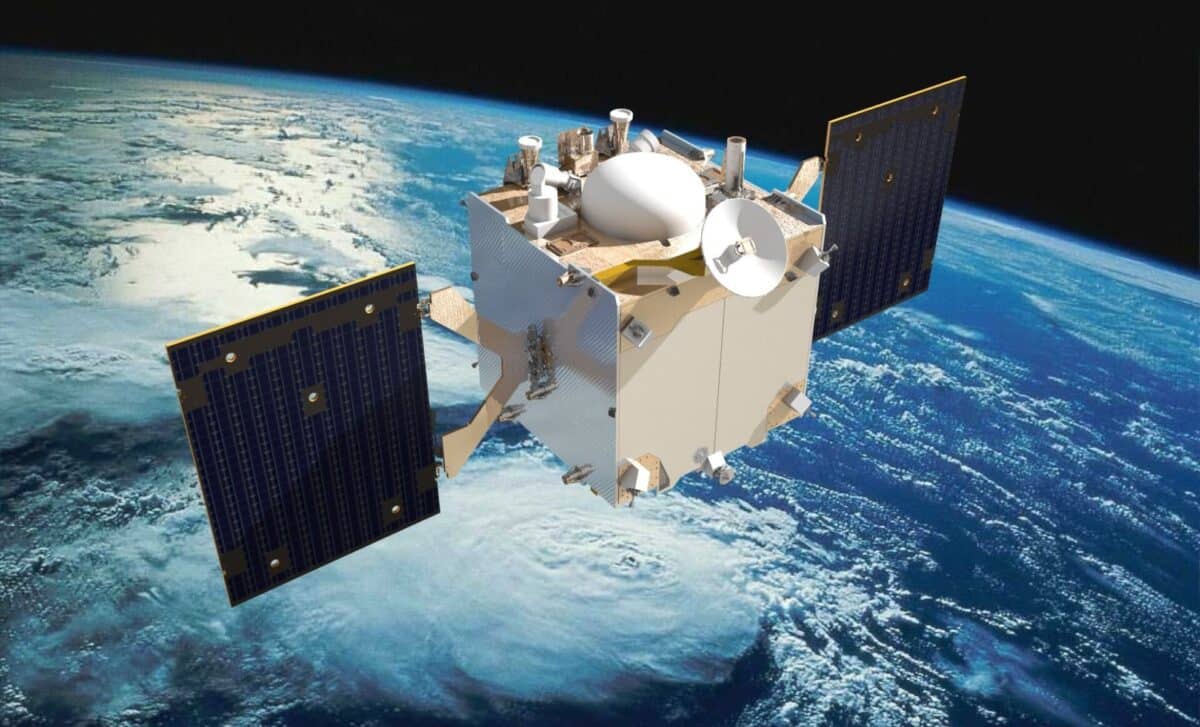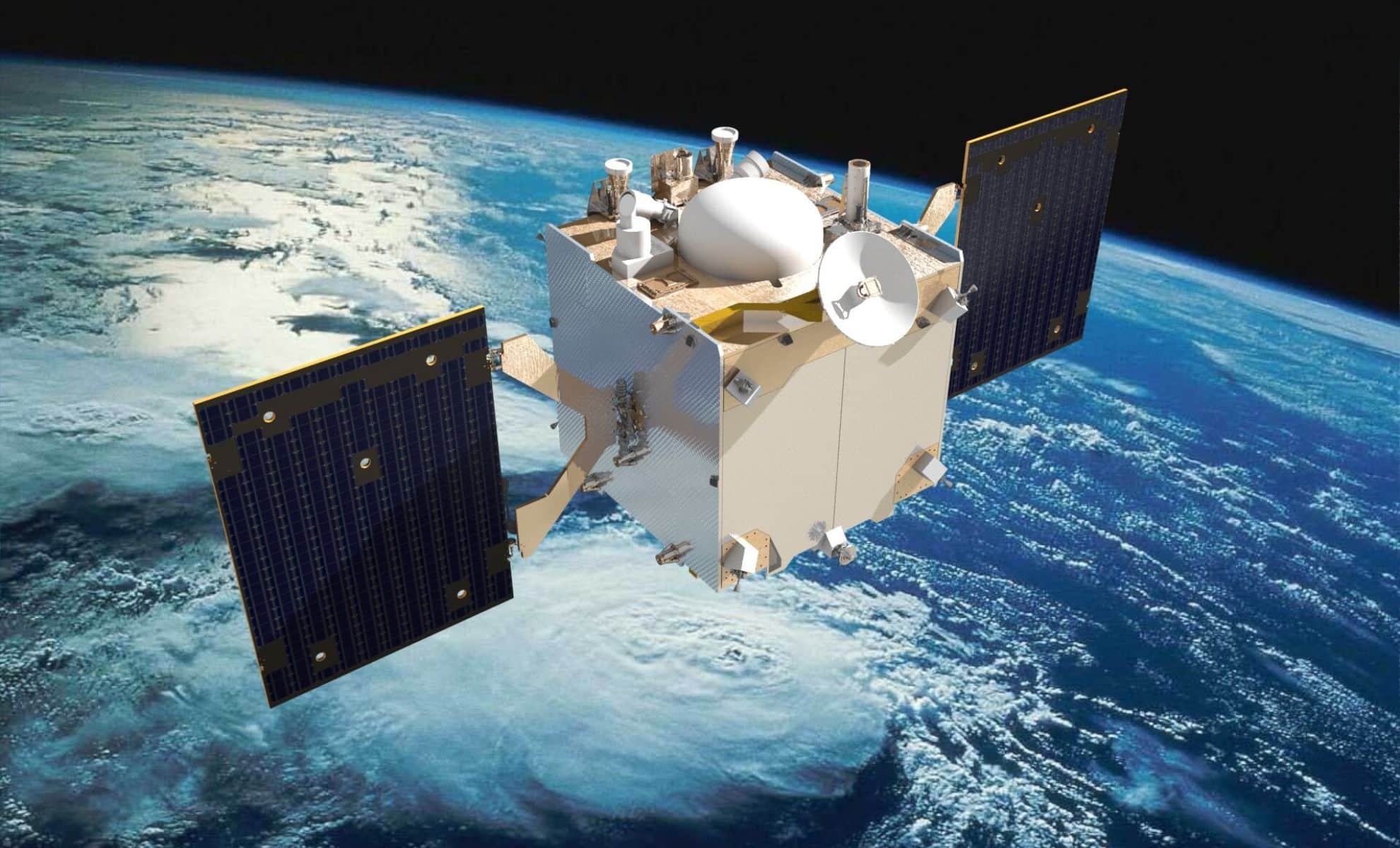ESA has begun the development of the Ramses mission to rendezvous with the asteroid Apophis ahead of its 2029 close flyby of Earth. The €63 million contract to start preparatory work aims to ensure the mission will be ready for launch by early 2028. The project promises critical data on asteroid composition and planetary defense but faces tight deadlines as scientists race to meet Apophis at its closest approach.
Countdown to Apophis: ESA’s Ramses Mission Targets Asteroid’s Historic Earth Flyby

The European Space Agency (ESA) has officially launched its effort to rendezvous with the asteroid Apophis ahead of the space rock’s unprecedented close approach to Earth in 2029.
The agency has signed a €63 million contract with OHB Italia to begin preparatory work on the Ramses mission—a bold endeavor to study Apophis as it nears Earth. The mission aims to be ready for launch in early 2028, ensuring the spacecraft can reach Apophis approximately two months before its April 2029 flyby. ESA hopes this planetary defense mission will provide critical insights into asteroid composition and dynamics during this rare encounter.
Apophis: An Asteroid too Close for Comfort
The asteroid Apophis, measuring around 375 meters in diameter, has long been on the radar of scientists due to its exceptionally close approach to Earth. On April 13, 2029, Apophis will pass within geostationary orbit—closer than many satellites. This flyby presents a unique opportunity for scientists to study the asteroid up close, gathering data that could be vital for planetary defense and our understanding of near-Earth objects.
The Ramses mission—named for its role in rapid response to this close encounter—will be designed to study Apophis' composition, structure, and behavior as it flies by Earth. The spacecraft will focus on understanding how tidal forces from Earth's gravity affect the asteroid’s cohesion, giving researchers unprecedented data on how asteroids behave under such extreme gravitational influences.
“We could not wait for the Ministerial,” said Paolo Martino, ESA’s Ramses project manager, referring to the urgency of the mission’s timeline. “To be there on time is very challenging. We asked our member states to make use of available resources to start now because if we miss by one week, the asteroid is gone.”
Preparing for a Tight Deadline
The key challenge for the Ramses mission is time. The mission must be launched in early 2028 to ensure it reaches Apophis ahead of the asteroid’s Earth flyby. Missing this window would mean losing the opportunity to study the asteroid up close. “There will be a different way to deal with mission risks,” explained Roberto Aceti, managing director at OHB Italia, emphasizing the need for fast, efficient project management. “The risk here is delays. If we miss by one week, the asteroid is gone.”
The current contract allows OHB Italia, the prime contractor for both the Hera and Ramses missions, to begin procuring long-lead items and finalizing the spacecraft’s design. The design will be an adapted version of ESA’s Hera mission, which recently launched to study the aftermath of NASA’s DART asteroid impact test. The streamlined Ramses spacecraft will use a simplified architecture to minimize costs and meet the tight launch schedule.
Though the mission has received initial funding, the full €363 million required for the project is still pending. ESA member states will make a final decision on full funding at the 2025 Ministerial Council. Until then, work on Ramses will focus on mission-critical activities, ensuring that if the mission is approved, it can hit the ground running.
International Collaboration and Planetary Defense
The Ramses mission is not just a scientific endeavor—it is also a major step forward for planetary defense. Apophis fits into ESA’s planetary defense framework, as the agency aims to provide a three-week warning for all objects larger than 30 meters and deflect asteroids up to 500 meters in diameter. “This is not only a fascinating mission for us; it’s also a major milestone of our planetary defense activities,” said Holger Krag, head of ESA’s Space Safety Program.
ESA is also working closely with other international space agencies to ensure the Ramses mission is coordinated with global efforts to study Apophis. NASA’s OSIRIS-REx spacecraft, currently en route back to Earth after collecting samples from asteroid Bennu, will embark on an extended mission—OSIRIS-APEX—to visit Apophis shortly after its Earth flyby. The Ramses mission and OSIRIS-APEX are part of a growing trend of collaboration between space agencies, building on the successful partnership seen in NASA’s DART and ESA’s Hera missions.
“We sincerely welcome participation from international space agencies, research institutions, and educational institutions,” said Li Guoping, China’s CNSA chief engineer, underscoring the importance of global cooperation in studying Apophis and planetary defense.



